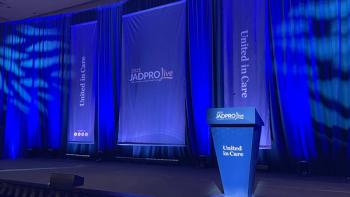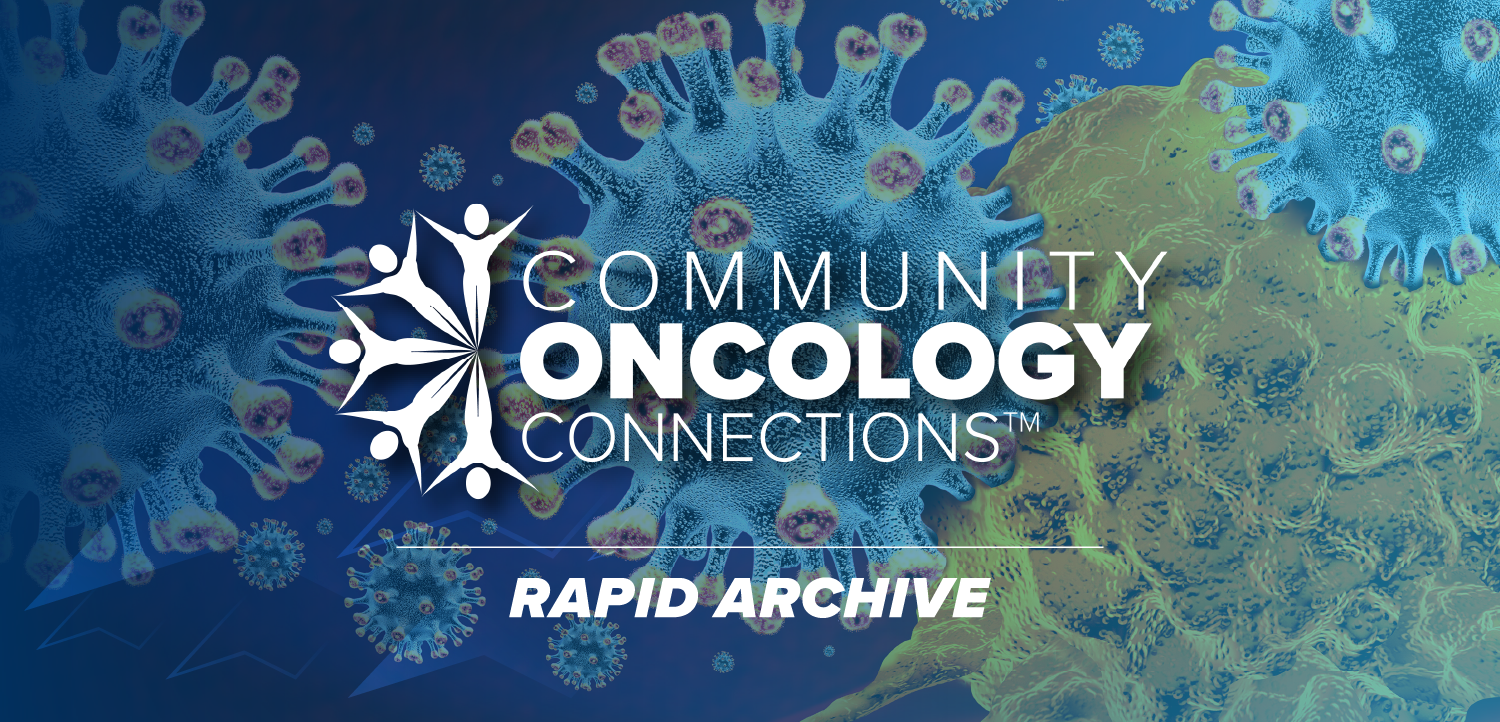
TLX101-CDx Given Complete Response Letter for Glioma Imaging
The FDA granted a complete response letter with no safety concerns for the new drug application for TLX101-CDx’s use in glioma imaging.
The new drug application (NDA) seeking the approval of TLX101-CDx (18F-floretyrosine [18F-FET]; Pixclara) for use in glioma imaging was issued a complete response letter (CRL) from the FDA.1
After reviewing the NDA, the FDA informed Telix Pharmaceuticals—the developer of TLX101-CDx—that additional confirmatory clinical evidence will be required to support approval. No safety concerns were raised in the CRL.
Telix Pharmaceuticals intends to request a meeting with the FDA to review the reasons for the CRL.
“We are committed to commercializing TLX101-CDx and fulfilling the unmet need to improve imaging to enable timelier and more accurate decisions for the clinical management of glioma,” Christian Behrenbruch, PhD, MBA, JD, managing director and group chief executive officer of Telix Pharmaceuticals, stated in a news release. “We have multiple go-forward pathways available to us, such as providing additional confirmatory data through several active clinical programs, including company-led studies. Our immediate focus is understanding the FDA’s feedback and augmenting our submission with additional data to satisfy the agency as soon as possible.”
TLX101-CDx was previously granted orphan drug designation and fast track designation from the FDA as an imaging agent for glioma.
18F-FET is a PET agent intended to characterize progressive or recurrent glioma based on treatment-related changes in adult and pediatric patients.2 Some global guidelines currently include FET PET for the imaging of gliomas; however, no targeted amino acid PET agents are currently approved by the FDA for imaging in patients with glioma.
TLX101-CDx is designed to target the LAT and LAT29 membrane transport proteins, which could also allow the agent to be utilized as a companion diagnostic agent for TLX101 (131I-iodofalan [131I-IPA]), a LAT1-directed agent under investigation in glioblastoma.
The ongoing phase 1 IPAX-2 trial (NCT05450744) is evaluating 131I-IPA in combination with standard-of-care therapy in patients with newly diagnosed glioblastoma, and the phase 2 IPAX-Linz-01 trial (EudraCT2021-006426-43) is investigating the in combination with concomitant external radiation therapy in patients with recurrent IDH1/2-mutated high-grade glioma.3,4
In IPAX-2, investigators are enrolling patients 18 to 65 years of age with histologically confirmed intracranial glioblastoma following surgical resection.3 Key inclusion criteria include no prior systemic therapy or radiation for glioblastoma, a Karnofsky performance status of at least 70, and intention to begin a chemoradiation regimen 3 to 6 weeks after surgery.
Patients are receiving 131I-TLX101 intravenously along with standard of care therapy. Safety and the incidence of dose-limiting toxicities are serving as the trial’s primary end points.
In the phase 1/2 IPAX-1 trial (NCT03849105), 131I-IPA plus external beam radiation therapy was safe and tolerable as second-line therapy in patients with recurrent glioblastoma multiforme.5 Safety findings (n = 10) demonstrated that the most common treatment-emergent adverse effects (TEAEs) included decreased lymphocyte count, fatigue, headache, and hiccups (30% each), and decreased platelet count, diarrhea, cerebral edema, and insomnia (20% each).
Outside of cerebral oedema, AEs were generally low grade and clinically manageable, and most were considered unrelated to treatment.
Preliminary efficacy data showed that patients experienced a median overall survival (OS) of 13 months from the start of treatment in the recurrent setting. The median OS from initial diagnosis was 23 months. Two patients were still a live at the time of the final analysis.
Additionally, patients who underwent conventional longitudinal imaging (n = 9) achieved a stable disease rate of 44% at day 135 and 22% at day 180.
References
- Telix provides regulatory update on TLX101-CDx. News release. Telix Pharmaceuticals. April 28, 2025. Accessed May 1, 2025. https://ir.telixpharma.com/static-files/e40a4bf3-7398-4dbd-82eb-feb10e9295fc
- FDA accepts new drug application and grants priority review for TLX101-CDx (Pixclara) brain cancer imaging agent. News release. Telix Pharmaceuticals. October 24, 2024. Accessed May 1, 2025. https://telixpharma.com/wp-content/uploads/2024/10/TLX_FDA_accepts_NDA_and_grants_priority_review_for_Pixclara.pdf
- 131I-TLX-101 for treatment of newly diagnosed glioblastoma (IPAX-2). ClinicalTrials.gov. Updated July 19, 2023. Accessed May 1, 2025. https://clinicaltrials.gov/study/NCT05450744
- An open label, single arm monocentric phase II study to evaluate safety, tolerability, and preliminary efficacy of carrier-added 4-L- [131I]iodophenylalanine (131I-IPA), administered as sequential injections in patients with recurrent IDH1/2 high grade glioma (HGG) concomitantly to 2nd line external radiation therapy. Eu Clinical Trials Register. January 10, 2022. Accessed May 1, 2025. https://www.clinicaltrialsregister.eu/ctr-search/trial/2021-006426-43/AT
- Final IPAX-1 study data confirms safety and tolerability profile for TLX101, preliminary efficacy data. News release. Telix. September 21, 2022. Accessed May 1, 2025. https://telixpharma.com/news-views/final-ipax-1-study-data-confirms-safety-and-tolerability-profile-for-tlx101-preliminary-efficacy-data/
Newsletter
Knowledge is power. Don’t miss the most recent breakthroughs in cancer care.


















































































